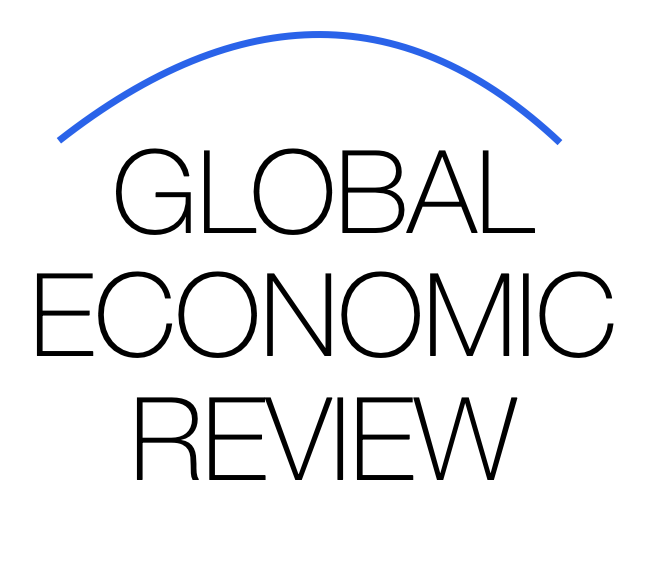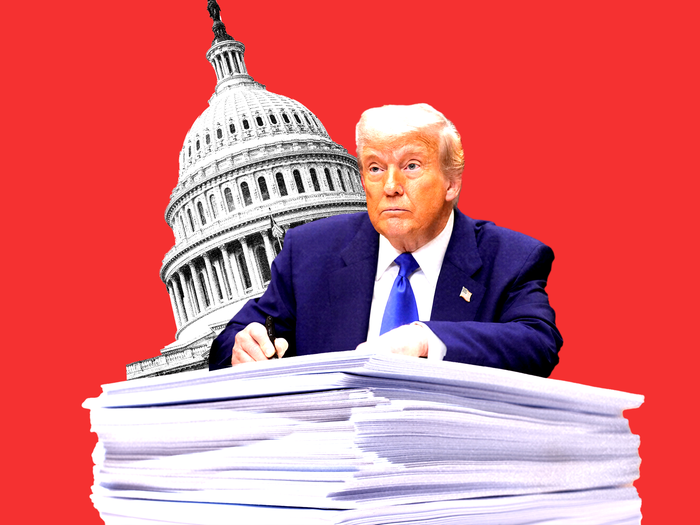Aftermath of the Israel-Iran Conflict: Strategic Implications and What Comes Next for the Region and the World
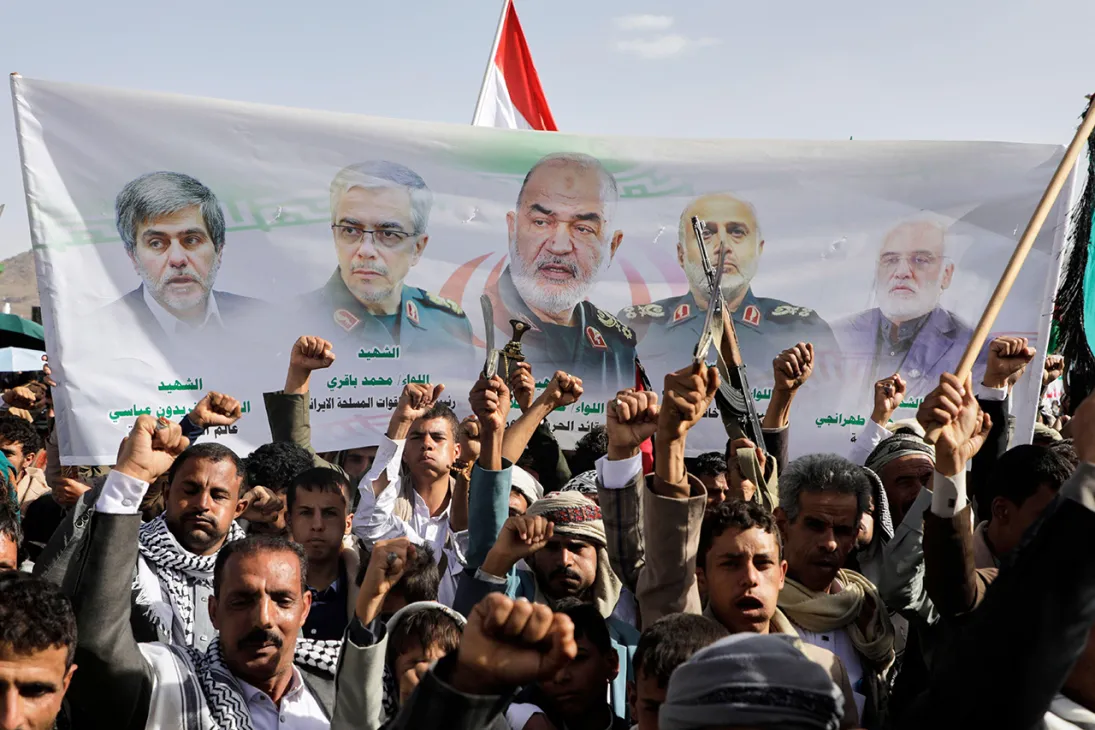
The recent armed conflict between Israel and Iran has marked a significant turning point in Middle Eastern geopolitics. Though a formal ceasefire has been brokered through intense international diplomacy, the aftermath of the confrontation is reshaping regional alliances, global energy markets, and international security frameworks.
This article provides a comprehensive analysis of what comes next in the post-conflict phase, examining the strategic, economic, and diplomatic consequences for the Middle East, the United States, China, Europe, and the broader global order.
1. Regional Realignment and Power Shifts
The military confrontation, which lasted just over two weeks, resulted in heavy infrastructure damage in parts of Iranand targeted strikes on Israeli military installations. Neither side achieved full-scale victory, but both emerged with heightened caution and recalibrated strategic priorities.
Key shifts to watch:
- Gulf Cooperation Council (GCC) countries, particularly the UAE and Saudi Arabia, are urging for a new regional security framework, potentially under UN or EU observation.
- Turkey and Qatar have gained influence as neutral intermediaries, with Ankara offering to host post-war regional security talks.
- Hezbollah’s involvement has triggered fresh instability in Lebanon, where spillover effects may result in a second front of political crisis.
2. Iran’s Domestic and Diplomatic Calculus
Despite heavy losses, Iran is attempting to project resilience. Internally, the regime faces growing unrest from a population weary of economic hardship and war.
Externally, Tehran is:
- Strengthening ties with China and Russia, which provided diplomatic backing during the conflict.
- Pushing for sanctions relief negotiations through European intermediaries.
- Investing in cyber and asymmetric warfare capabilities over conventional military expansion.
Tehran may also increase its influence in Iraq, Syria, and Yemen as part of a long-term regional strategy.
3. Israel’s Security Posture and Political Fallout
In Israel, the war has reinforced a sense of strategic urgency and national unity, but also triggered criticism over intelligence gaps and the scope of civilian casualties.
Key developments include:
- A revised defense doctrine emphasizing preemptive cyber operations and missile defense.
- Expansion of regional defense pacts with Gulf nations under the Abraham Accords framework.
- Domestic political consolidation, with the ruling coalition gaining popularity post-conflict, but opposition calling for greater transparency and restraint.
4. Global Oil and Energy Markets
The war briefly sent Brent crude above $110 per barrel, reflecting fears of supply disruption in the Strait of Hormuz, through which one-fifth of global oil passes. Though prices have since stabilized, volatility remains high.
Expect:
- Increased strategic reserves mobilization by the U.S., EU, and China.
- Renewed urgency in Europe’s energy diversification efforts, especially toward African and North Sea sources.
- Gulf nations leveraging high oil prices for accelerated infrastructure and sovereign fund investments.
5. U.S. and Global Diplomatic Response
The United States played a central role in de-escalation, deploying carriers to the region but avoiding direct military engagement. President Biden emphasized “strategic containment and coalition diplomacy.”
Going forward:
- Washington will likely expand military aid to Israel, but press for restraint in retaliatory actions.
- NATO and EU states are expected to develop joint crisis monitoring and cyber readiness programs for Middle Eastern contingencies.
- China, positioning itself as a peacemaker, has called for a “new Middle East stability dialogue”, challenging U.S. influence in the region.
6. Outlook: Escalation or Deterrence?
While both nations have halted direct combat, underlying tensions remain unresolved. Nuclear concerns persist, proxy forces remain active, and cyber warfare is becoming the next primary battleground.
Possible Scenarios:
- Cold Peace: Hostilities pause, but distrust leads to long-term military buildup and regional competition.
- Proxy Surge: Iran activates asymmetric forces in Lebanon, Syria, and Yemen to test Israeli resilience indirectly.
- Diplomatic Reset: Under intense international pressure, both sides engage in UN-led security talks to prevent further escalation.
Conclusion
The Israel-Iran war may have ended in a military stalemate, but its consequences are far-reaching. The region now stands at a strategic crossroads — one that will test the balance between deterrence, diplomacy, and international cooperation. The next few months will be critical in determining whether the Middle East moves toward a new era of structured containment or slips further into fragmented instability. Either outcome will shape the geopolitical and economic architecture of the decade ahead.
